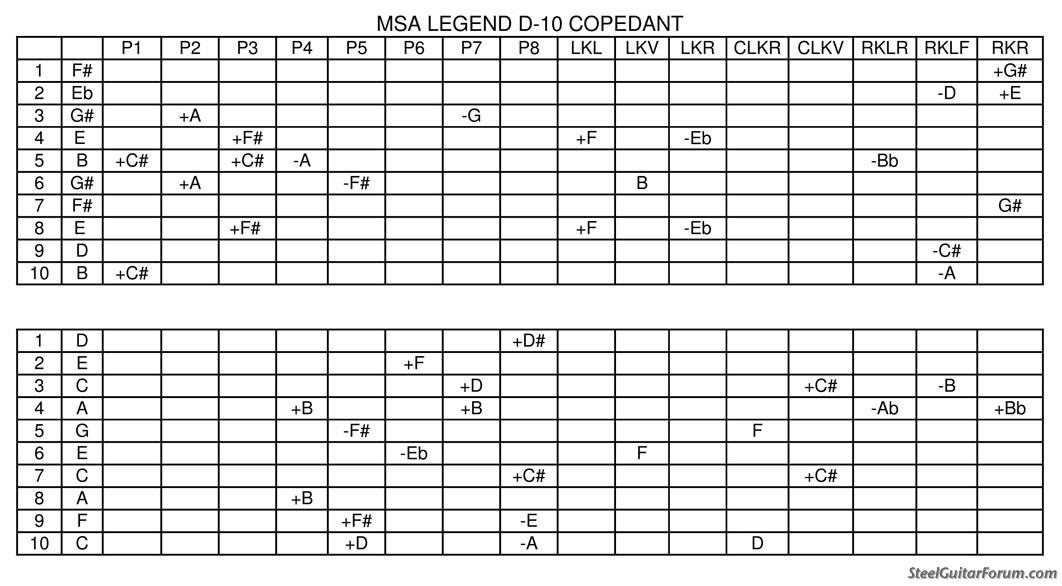I think Bengt Erlandsen might have hit it - I recently disassembled and cleaned my MSA Millennium changer, which has the same changer as the Legends. And mine had raise-helper springs on many of the strings. These attach to the bottom of the string finger and pull the string in the the raise direction. This means the spring will have to be stretched out to lower a string with that has one fitted. Many have reported problems getting more than a 1/2-step lower on newer MSA's on strings with the helper springs.
I have written Johnny Cox, and then Kyle Bennett, and just today wrote Mitchell Smithy asking about the purpose of the springs, how to decide which strings require them, and how to adjust them.
When reassembling my guitar, I decided to only use them on strings that only raise.
So, first step is to see if there is a raise helper spring on that string. If so, see how tight it is (i.e., which of the plastic balls is locked into the metal strip that holds them, and is the spring under tension in the neutral position). Most of mine, when I disassembled it, were slack in the neutral position - that would not help raises at all, but could hinder lowers. They would, I think, also return the finger to the neutral position more precisely - so maybe they also work to get the finger back to neutral crisply?
If there is one, get a pair of needle-nose pliers and remove it. There are three parts to it: The white plastic strip with balls along the length that allows for adjustment. The spring itself, and a hook that attaches to the spring and hooks onto a small part at the bottom of the string finger. Be careful that the hook does not end up in the changer! They are not easy to deal with with all the rods in place.
Here is a picture of the modern MSA finger:

It's a little hard to see, but the hook for the spring goes over that nub on the bottom of the string finger that is circled in red, with the spring going the direction of the arrow. That "nub" is shaped so that it holds the spring during normal operation.
I am hoping Mitchell or someone at MSA will get back to me on the details on setting up those springs - they don't make much sense to me, but maybe there is something I am missing.
EDIT: Mitchell Smithey got back to me today - THANKS MITCHELL! - here is what he wrote:
Hi Doug, we call them balance springs and at low tension they take a bit of tension out of the changer scissor caused by the rivet holding them together. Just a little pull takes some pressure off the rivet. Some string gauges prefer not to have balance springs, like the .024 G on C6 and the big low string on C6. You can also tighten them all the way on the high F# and G# if there are no lowers involved.

It is possible to ruin a good setup by indiscriminately moving those springs around without a good reason, I’ve seen it happen!
Hope that helps! Mitchell
Obviously, if removing any, be sure to photograph or write down how much it is tensioned so you can replace it if it causes issues so you can put it back.

